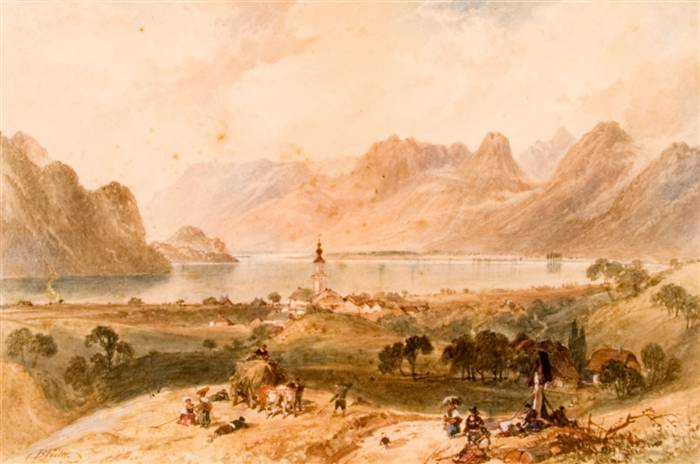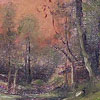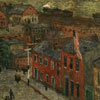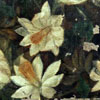Personal Taste
"… the private home is the foundation of the public state … there is no better means of measuring … artistic culture than by examining … the arrangements of his house …" Harriet Spofford, Art Decoration Applied to Furniture, 1878
The home was a symbol of wealth and power. It was the place where influential individuals were able to display their taste and collecting preferences. The home provided a palette to demonstrate achievement and refinement. Public spaces in the home, such as the drawing room, dining room, and library were often lavishly furnished and filled with well-crafted furniture, sculpture, mementos, and refined works of art. Aesthetic and decorating choices were seen as reflections of social class and the prevailing cultural taste of the period.
The paintings, sketches, and artworks on paper that distinguished Americans chose to decorate their homes reveal personal taste in an intimate and direct way. They provide a window into the private lives of public figures.
More...
The artworks reveal wide-ranging pursuits and pleasures. They span the collecting of Japanese lithographs that decorated the home of Carl Sandburg in Flat Rock, North Carolina, to images of birds that Mrs. Thomas A. Edison displayed in her New Jersey home, to various scenes of favorite outdoor activities and travel abroad. Others reflect how the prevailing taste of the time can sometimes be acquired —– such as the way in which Edison acquired the bulk of his art collection when he purchased the fully furnished Glenmont estate. He said, "To think that it was possible to buy a place like this, which a man with taste for art and a talent for decoration had put ten years of enthusiastic study and effort into—the idea fairly turned my head and I snapped it up …"
The domestic sphere of spouses, children, and family pets, rather than politics and public life, prevailed in the home. Personal interests and collecting passions guided the selection of works of art exhibited in the various rooms. Paintings and drawings were done by friends and family members, some of whom were professional artists, and these were equally treasured, as seen in the Longfellow House and Arlington House, The Robert E. Lee Memorial collections. They provide an opportunity decades and centuries later to admire and enjoy the personal choices made by well-known public figures and their families in the original setting of their homes.

















